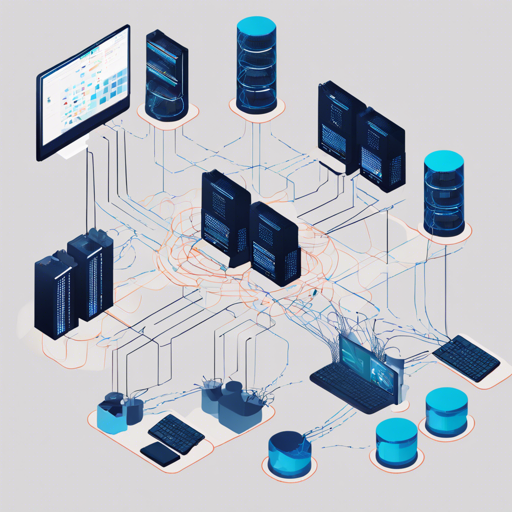If you’re looking to maximize your image generation capabilities using Stable Diffusion WebUI, this guide is for you! This extension allows you to connect multiple instances of the web interface, enabling efficient text-to-image (txt2img) and image-to-image (img2img) generation tasks, especially for users with multi-GPU setups.
Understanding the Concept
Imagine you are a chef running a busy restaurant. Each kitchen (instance) can only handle so many orders (requests) at a time. By connecting multiple kitchens together, you can process more orders, reduce wait times, and efficiently utilize your chefs (GPUs). This is exactly what the Distributed extension for Stable Diffusion WebUI allows: it lets you chain multiple instances together to ensure smoother and faster image generation.
Installation Steps
To set everything up, follow these simple steps:
On the Master Instance:
- Navigate to the extensions tab and switch to the available sub-tab.
- Search for Distributed and click install on the extension.
On Each Slave Instance:
- Enable the API by passing
--api. - Ensure it is listening by using
--listen. - Make sure all necessary models and scripts, including the one corresponding to the master instance, are present. For example, if you’re using
sd-1.5on the master, it must also be available on each slave instance. - To sync models easily, consider using rclone.
Tips for a Smooth Experience
Here are a few useful tips you might find helpful:
- If benchmarking does not succeed, click the Redo benchmark button under the scripts Util tab.
- If any remote instance is taking too long to respond, feel free to hit the Interrupt button in the Util tab.
- If there’s an under-utilization issue, consider adjusting the job timeout setting to provide more time for remote workers, though this might lead to further delays depending on the actual speed of that machine.
Command-Line Arguments
To enhance your experience, you can use the following command-line arguments:
--distributed-skip-verify-remotes– Disables verification of remote worker TLS certificates. This is particularly useful when using self-signed certificates (such as those created by auto tls-https).--distributed-remotes-autosave– Enables auto-saving of results generated by remote workers.--distributed-debug– Activates debug information for troubleshooting.
Troubleshooting
Experiencing issues while using the Distributed extension? Here are some troubleshooting ideas:
- Double-check your instance configurations to ensure that all models are correctly set up.
- Monitor the GPU usage on your machines to ensure that all are being utilized effectively.
- If benchmarks continue to fail, make sure that your network connections between instances are stable.
For more insights, updates, or to collaborate on AI development projects, stay connected with fxis.ai.
Conclusion
At fxis.ai, we believe that such advancements are crucial for the future of AI, as they enable more comprehensive and effective solutions. Our team is continually exploring new methodologies to push the envelope in artificial intelligence, ensuring that our clients benefit from the latest technological innovations.

